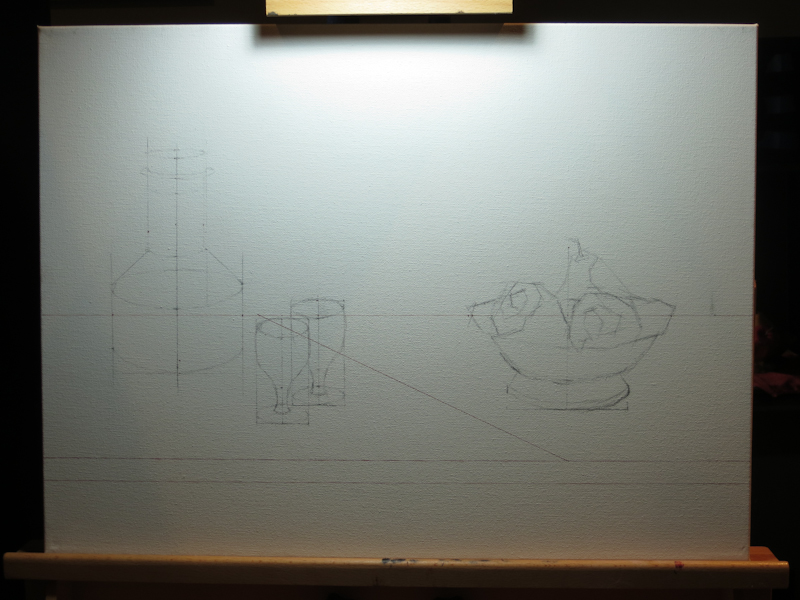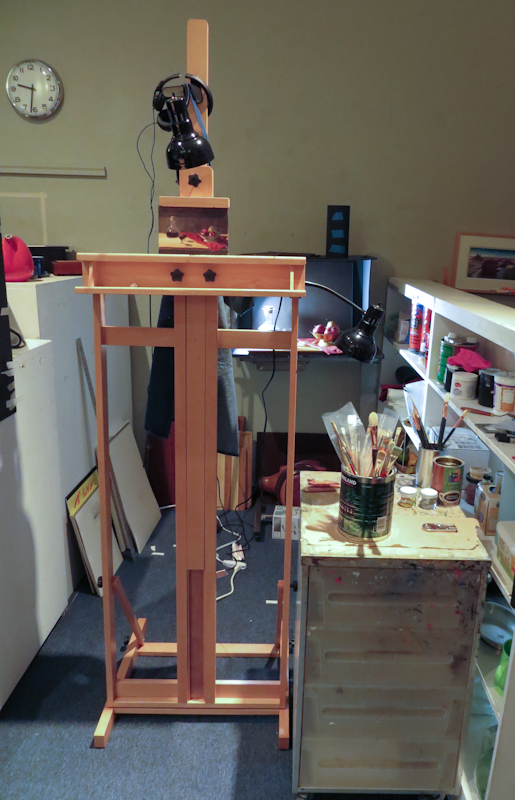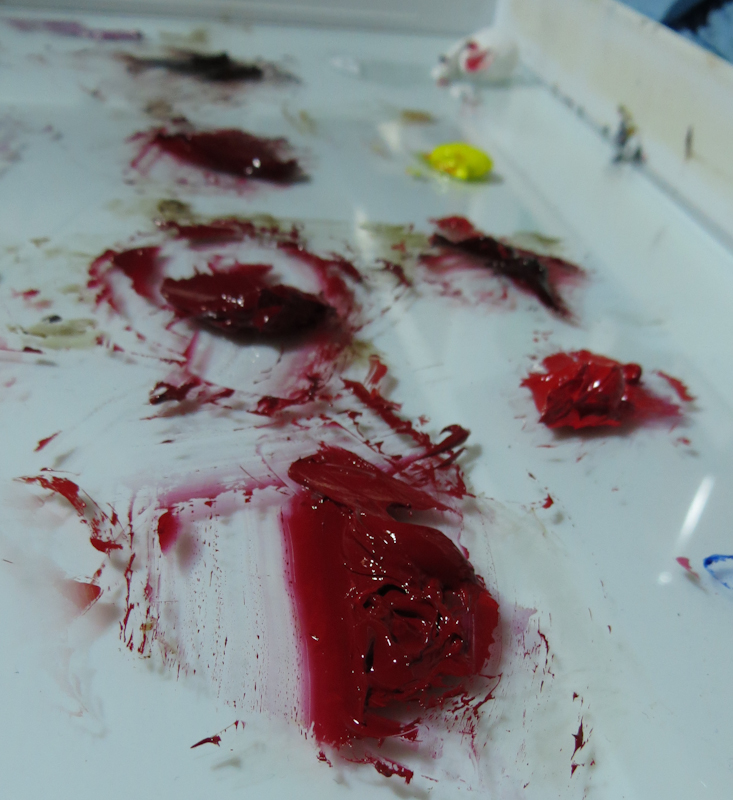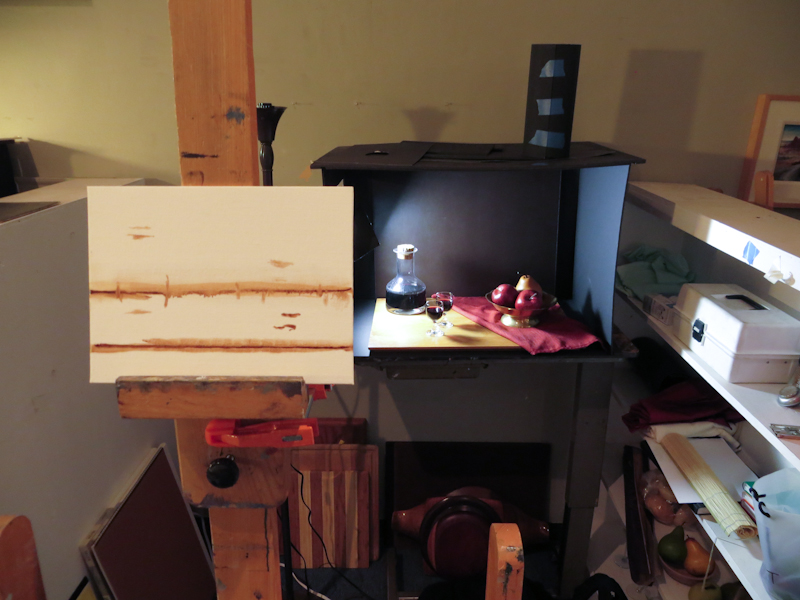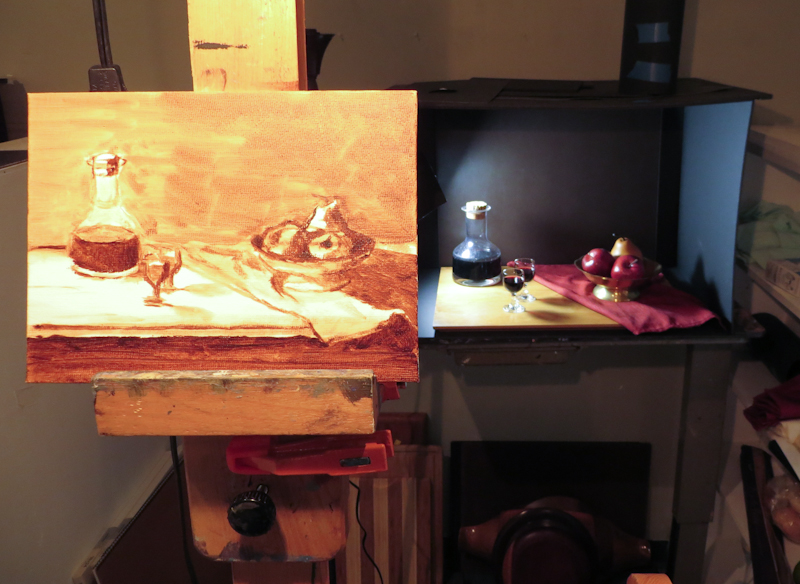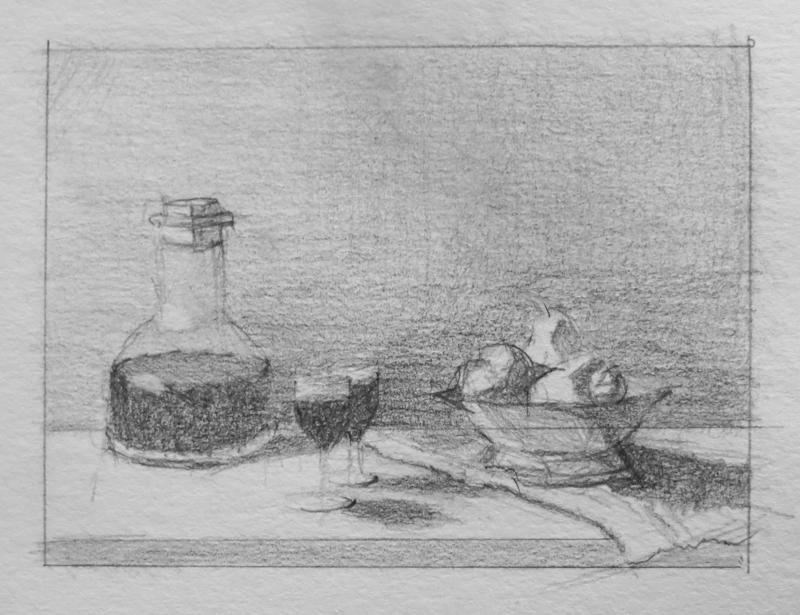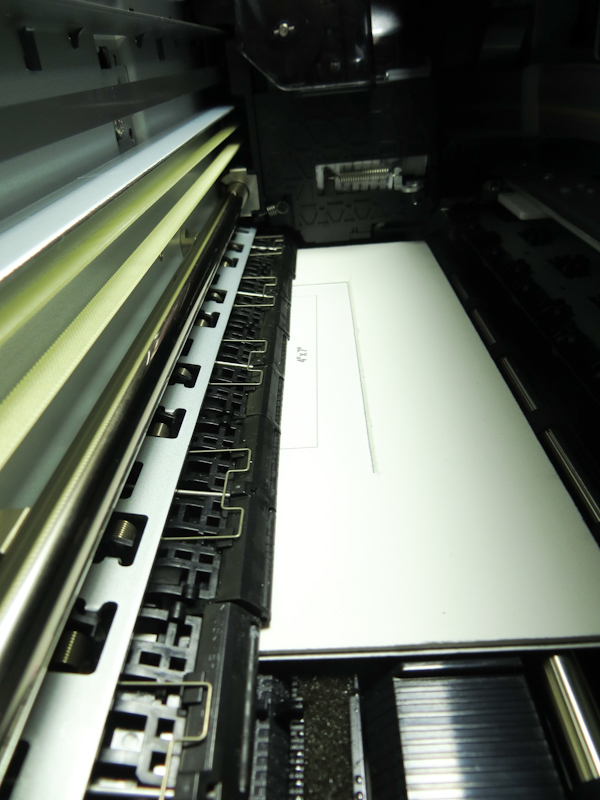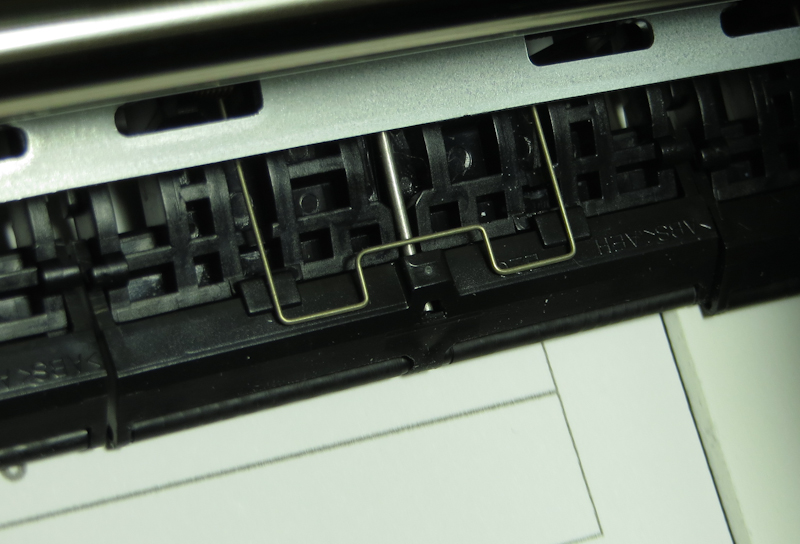When I tell people that I go to art school, I often get one of two reactions. The first is nostalgic excitement. They tell me about the art courses they took in college and about their aspirations around art or music or some other lifelong passion. They are excited to hear my story because I am living, breathing proof that one can find a way to follow their dreams, even later in life. The other reaction is to tell me how they are artistically illiterate and not gifted enough to create art of any sort. They suggest that they would embarrass themselves and disappoint others if they were to even try – kind of like the reaction you’d expect, if during the intermission to Aida, you urged your date to go up on stage, grab a mic, and sing an aria.
Last night I was frustrated with an assignment from class and felt that I was artistically challenged – that maybe I couldn’t do art. I was working on the Word-of-the-Week assignment for the Still Life Atelier. Each week the class chooses a word which we use as inspiration for an image that we bring to crit the following week. There’s no expectation that we create a finished, polished work in a week. The goal of the exercise is to create a visually impactful representation of the essence of the word. You can turn in a painting, but a sketch will do, or even a collage of images cut from magazines. Almost anything will work as long as it is an image. Gary says the only real way to fail would be to write an essay.
This week’s word was “homegrown” and I had a bunch of ideas I liked, but finally settled on a windowsill in a home with an avocado plant suspended by toothpicks in a mason jar of water. I knew I didn’t have a lot of time, so I decided to do a line drawing, viewing the jar straight on, without perspective.
My hope was to make a compelling case for “home” by showing lots of detail in the molding around the window along with some tangled venetian blinds just above the plant. I wanted it to be clear that the plant was some kid’s project, kind of squeezed in with all the other detritus of domestic life. My plan was to emphasize “grown” by showing a lush tangle of vines and leaves that are ready to burst out of the window, if only the blinds and their tangled mess of cords weren’t in the way.
Things got off to a good start, but I quickly realized that it was hard to draw something that unambiguously read as a window, using only lines and no perspective – all I got was a bunch of nested rectangles corresponding to the facets of the molding.
At this point I decided to switch to a very subtle one-point perspective, so that I could use a bit of shading to separate all of the planes of the molding. This worked well, but it was really slow going and I had to adjust the vanishing point and start over a few times before getting a composition that I liked.
By the end of the evening, I felt like I knew how I could go about drawing a compelling window frame, but hadn’t even started on the mason jar, the venetian blinds, and the plant itself. I was disappointed because it was 2am and I had nothing to show. I could have used the time for a color and value study for my first still life arrangement.
I was a bit grumpy and tossed and turned that night, but during my morning bike ride, I realized that the problem wasn’t my artistic ability – it was having an unreasonable expectation of what could be accomplished in a certain amount of time.
You see, art does require skill and practice, but one of the most important ingredients is time. After a year in Juliette Aristides’ Classical Atelier, I of all people should know this. After all, I spent a month shading a sphere and another month copying a Bargue plate of a foot – and I was the guy that was drawing part time. Nothing is quick in art if you have high standards for the finished work.
The error I made last night, was to forget that great art takes time. When I think back to the bottle drawings I did last year, it should have been clear to me that there is no way to make a perfect window frame in an evening – after all I spent two nights doing a line drawing of a single bottle, and this was after a bunch of hours learning how.
My problem wasn’t that I couldn’t do art – it was that my Word-of-the-Week project was too ambitious for the time allotted. One of the keys to following my dreams is keeping life in balance. Between work and family and art, there is barely enough time just to get by. It is important to pick and choose where to place my emphasis.
In the end I decided to simplify the project by making a Photoshop montage. It really is supposed to be an avocado plant, but I think most people will want to smoke it.
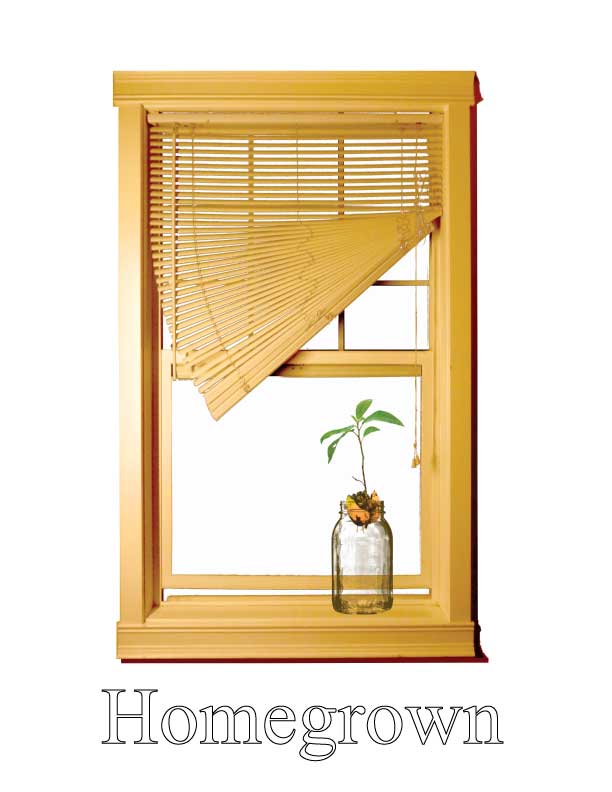
This is supposed to be an avocado – really!


